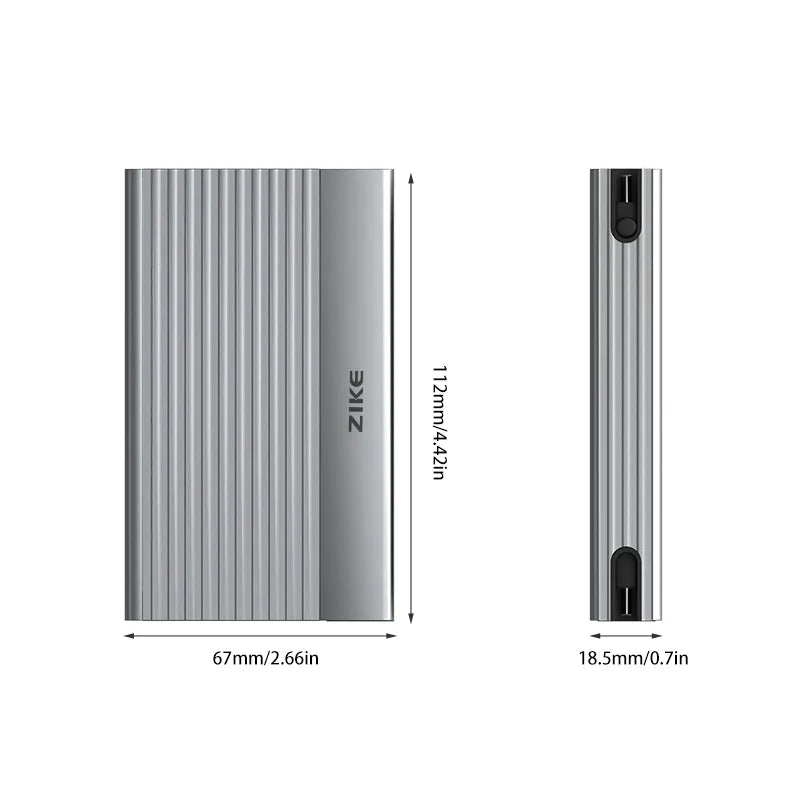March 18, 2024 | Words by Jackson
Welcome to the ultimate guide to thermal pads - your go-to resource for demystifying this crucial component in the world of electronics.
Whether you're a tech enthusiast, DIY enthusiast, or just someone curious about what keeps your devices cool, you've come to the right place. By the end of this article, you'll not only know what a thermal pad is but also why it's essential and how to use it effectively.
Imagine your electronic devices as bustling cities filled with bustling activity.
IsJust like cities need efficient cooling systems to manage their heat, electronic components also require effective thermal management to prevent overheating.
That's where thermal pads come into play.
A thermal pads, also known as a thermal interface pad or thermal interface material (TIM), is a soft, heat-conductive pad placed between heat-generating components and heat sinks.
Its primary purpose is to facilitate the transfer of heat away from the component and into the heat sink, ensuring optimal temperature regulation.

Thermal pads come in various types, each suited for specific applications and performance requirements.
Common types include silicone-based pads, graphite pads, and phase change materials (PCMs).
SSD enclosures, like the ZikeDrive, utilize thermal pads to dissipate heat generated during operation.
These pads form a bridge between the SSD controller and the enclosure's metal casing, allowing heat to transfer efficiently from the SSD to the enclosure.
As the enclosure's metal surface acts as a heat sink, it disperses the heat into the surrounding environment, keeping the SSD cool and maintaining optimal performance.
Thermal pads play a crucial role in ensuring the longevity and performance of SSDs in enclosures.
By effectively dissipating heat, they prevent thermal throttling, a phenomenon where excessive heat leads to decreased performance and potential damage to the SSD.
Additionally, proper thermal management extends the lifespan of SSDs by reducing stress on internal components, ultimately saving you time and money on replacements.
Size: 70*22*3mm
Material: Gray
Thermal conductivity: 3W
Please be sure to refer to the product documentation or ZikeTech's support personnel for accurate information on thermal pad dimensions and compatibility with SSD enclosures.
To ensure optimal thermal performance, follow these steps when using a thermal pad in an SSD enclosure:
1. Clean both the SSD controller and the enclosure's metal surface to remove any debris or residue.
2. Peel off the protective film from the thermal pad and carefully place it on the SSD controller.
3. Align the SSD controller with the enclosure's mounting holes and gently press down to secure it in place.
4. Verify that the thermal pad makes full contact with both the SSD controller and the enclosure's metal surface.
5. Reassemble the enclosure and ensure proper ventilation for optimal heat dissipation.
For the correct use of ZikeDrive, please see the Zikedrive User Manual
ZikeTech









While thermal pads are designed for single-use applications, some may be reusable if properly maintained and stored.
However, it's recommended to use a new thermal pad whenever reinstalling or replacing components for optimal thermal performance.
You can monitor the temperature of your electronic components using software utilities or hardware monitoring tools.
If the temperature remains within safe operating limits during normal usage, it indicates that the thermal pad is effectively dissipating heat.
Most thermal pads are electrically non-conductive to prevent short circuits and electrical damage.
However, it's essential to verify the specifications of the thermal pad to ensure compatibility with your specific application.
In the ever-evolving landscape of technology, thermal management remains a critical consideration for maintaining the performance and reliability of electronic devices. Thermal pads serve as unsung heroes in this endeavor, silently ensuring that your devices stay cool under pressure. By understanding their role, types, and proper usage, you can harness the power of thermal pads to keep your electronics running smoothly for years to come.
With this comprehensive understanding of thermal pads, you're equipped to tackle any heat-related challenges that come your way. So go forth, keep your cool, and let your devices thrive in the comfort of efficient thermal management.